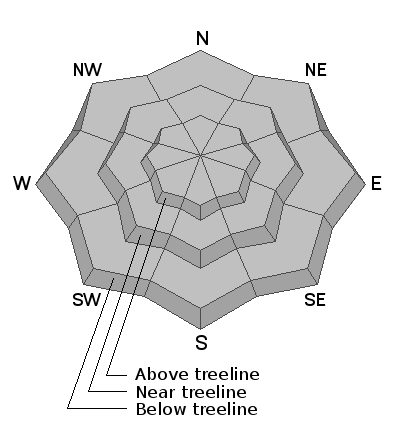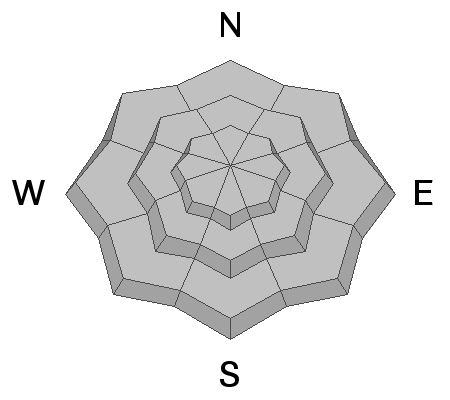Forecast for the Abajos Area Mountains

Issued by Eric Trenbeath on
Friday morning, December 10, 2021
Friday morning, December 10, 2021
The first significant storm in more than a month has brought a foot or more of new snow to the mountains. In most cases the new snow has fallen on bare ground except for on upper elevation, northerly facing slopes where up to a foot of old snow existed from October storms. In these areas, human triggered avalanches may be possible on slopes steeper than 30 degrees, especially in areas that have recent deposits of wind drifted snow. We will start issuing danger ratings when more information is available.

Low
Moderate
Considerable
High
Extreme
Learn how to read the forecast here







